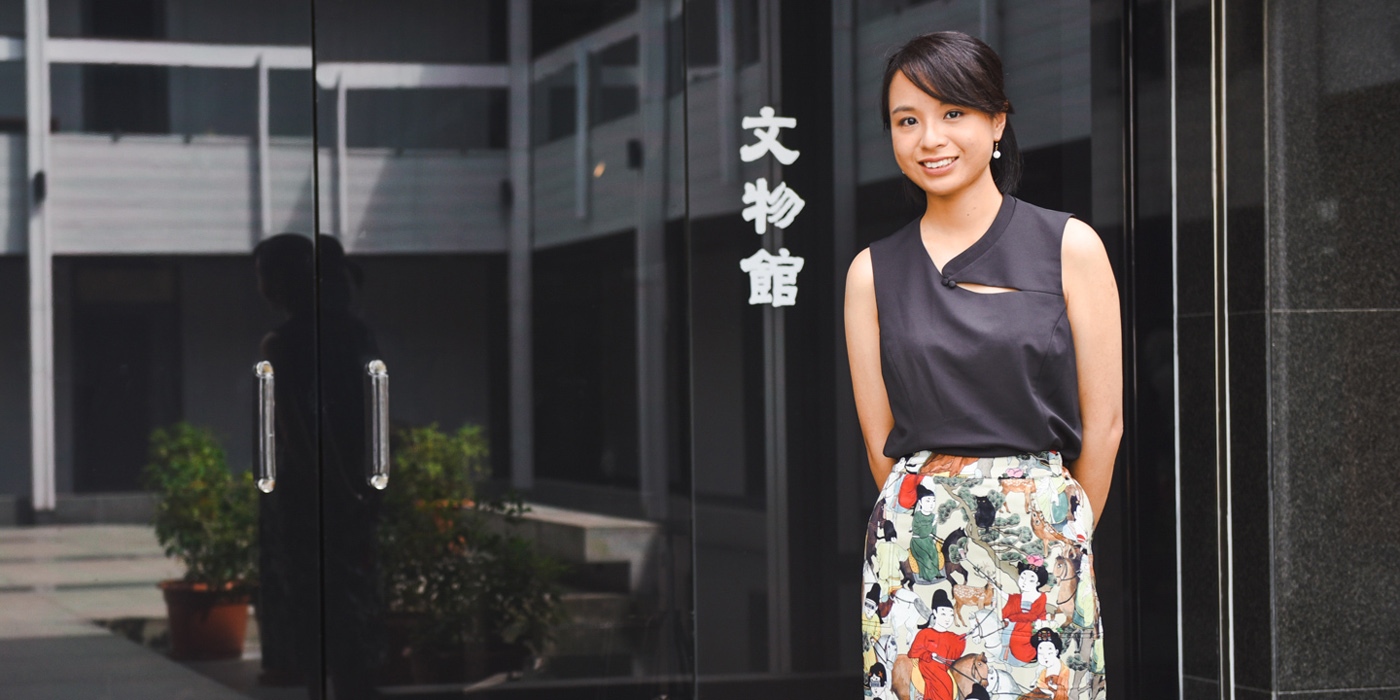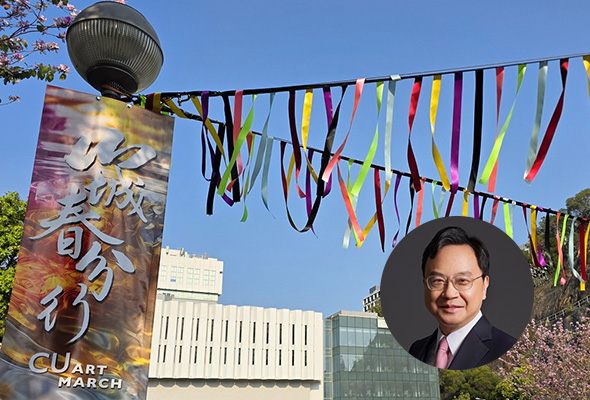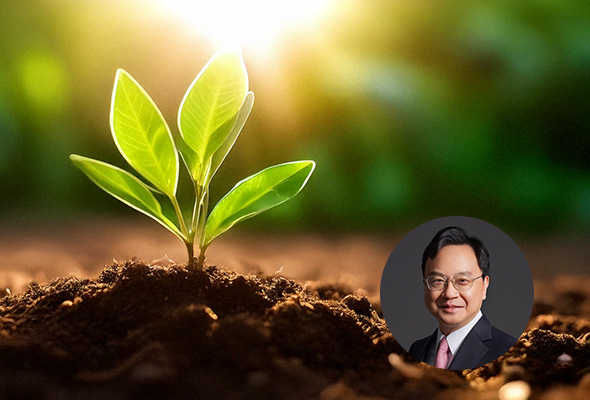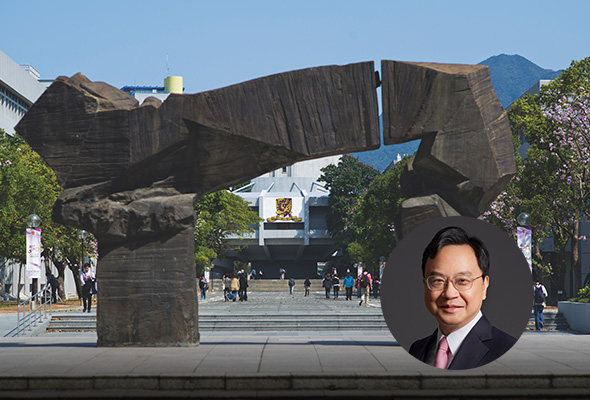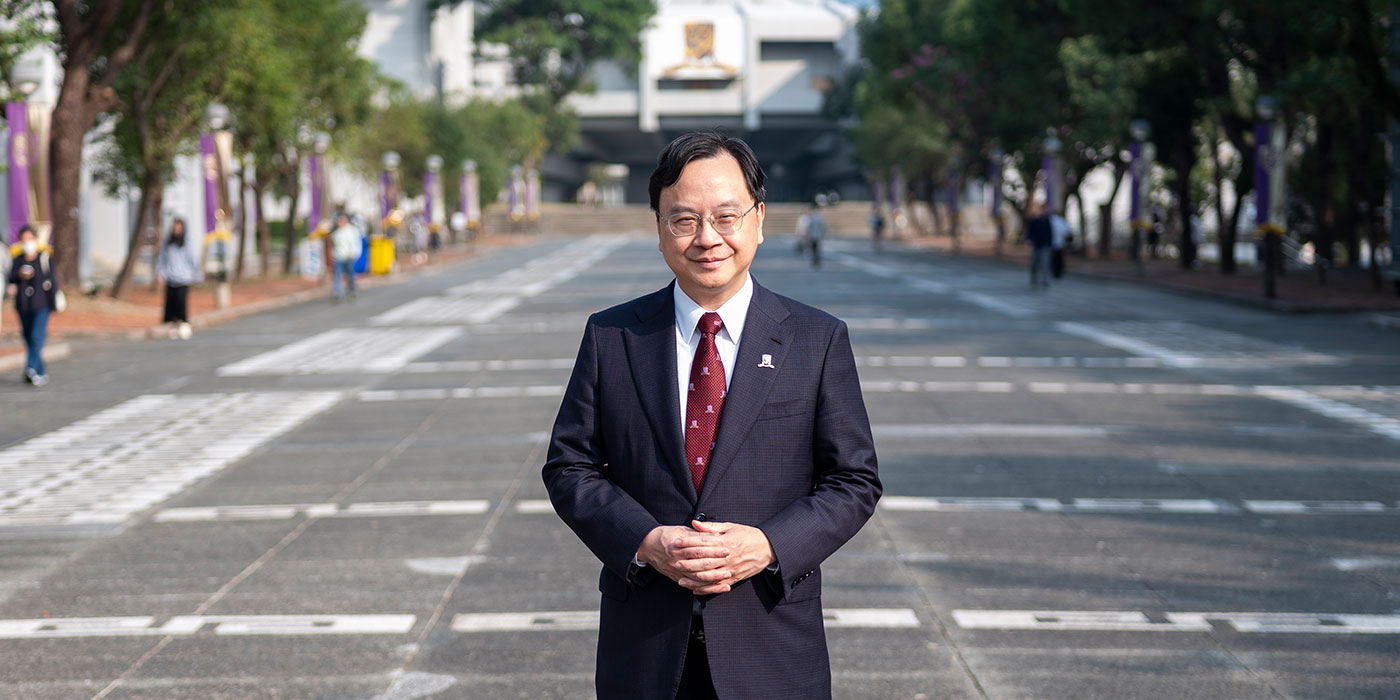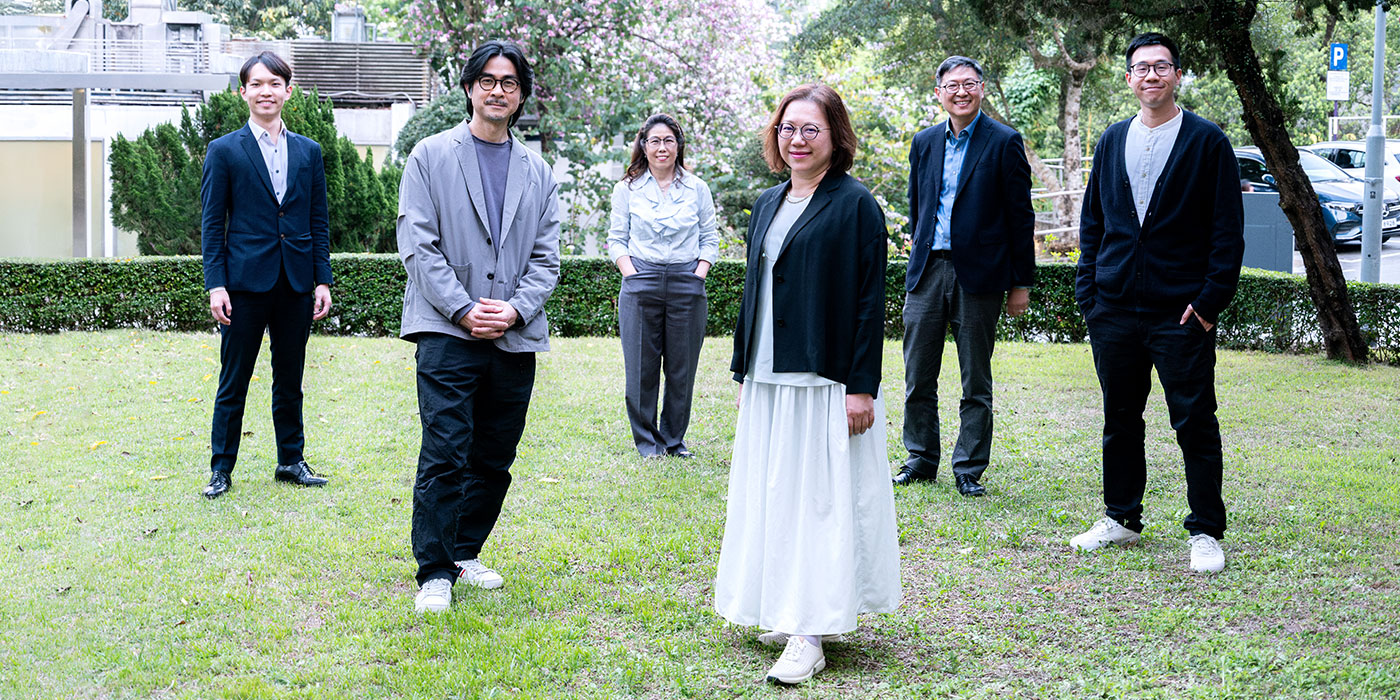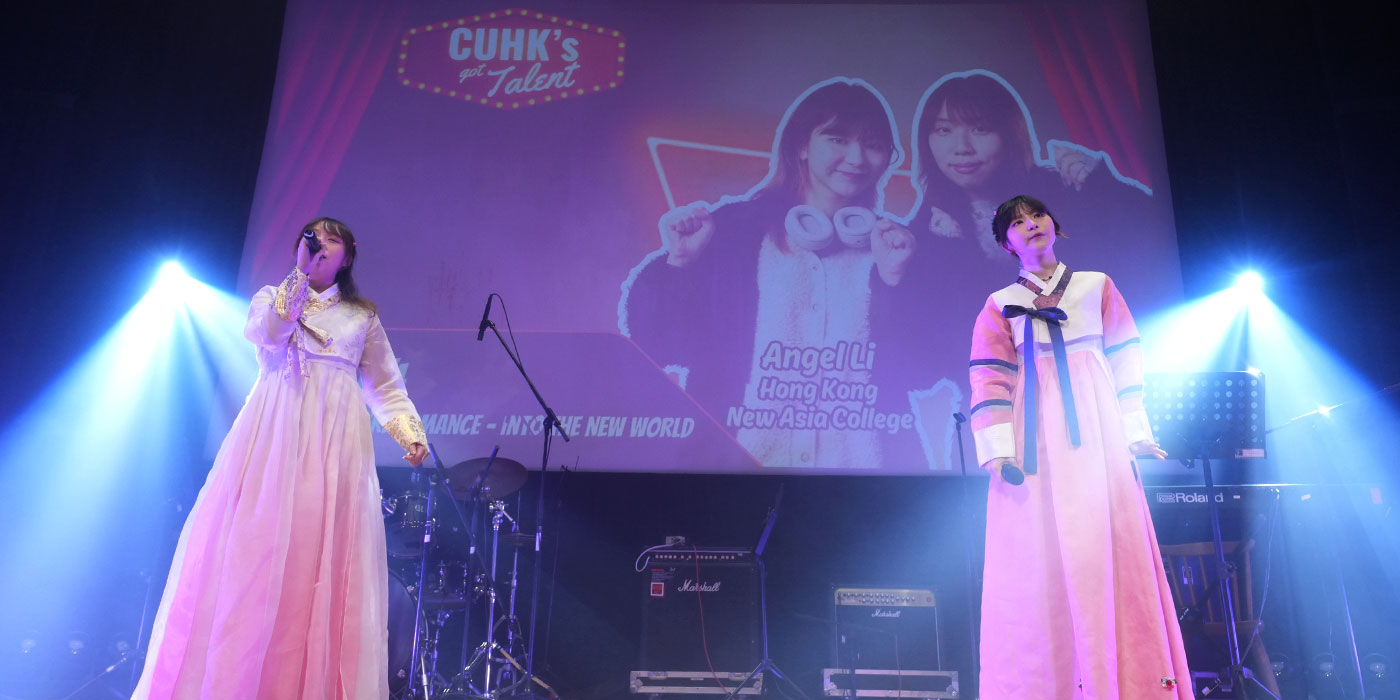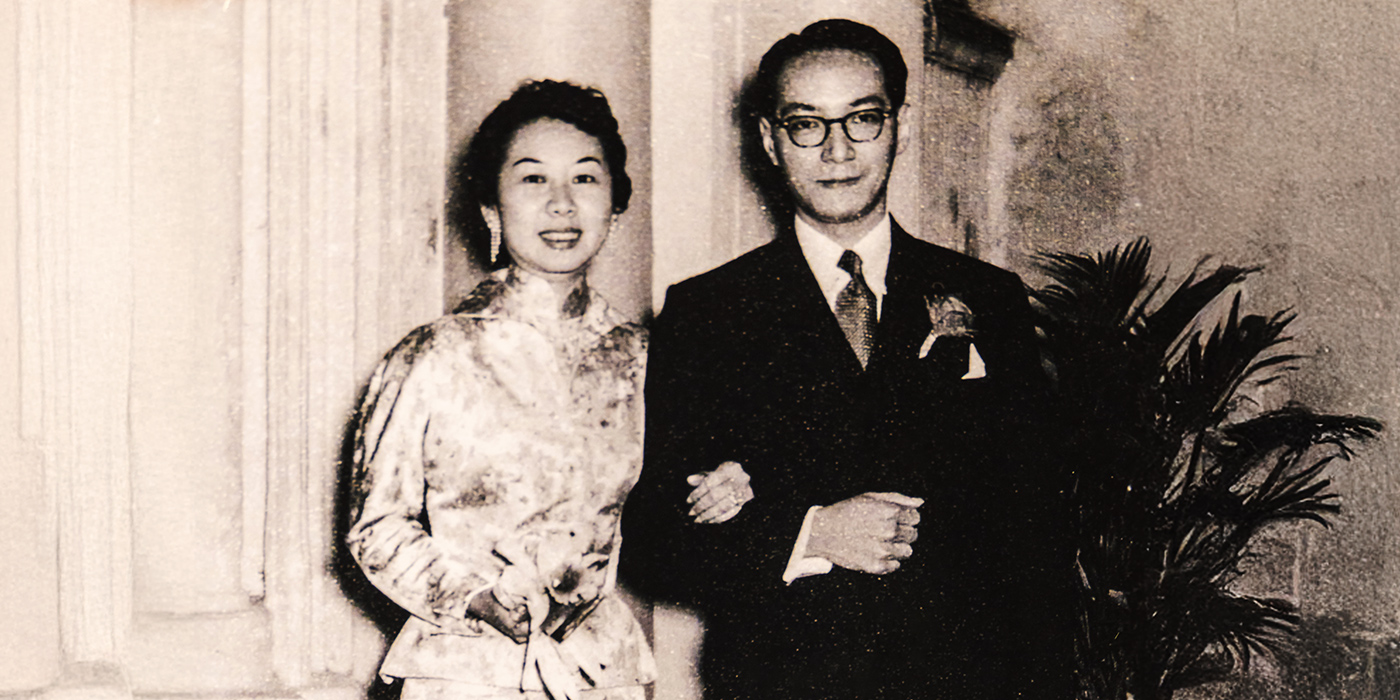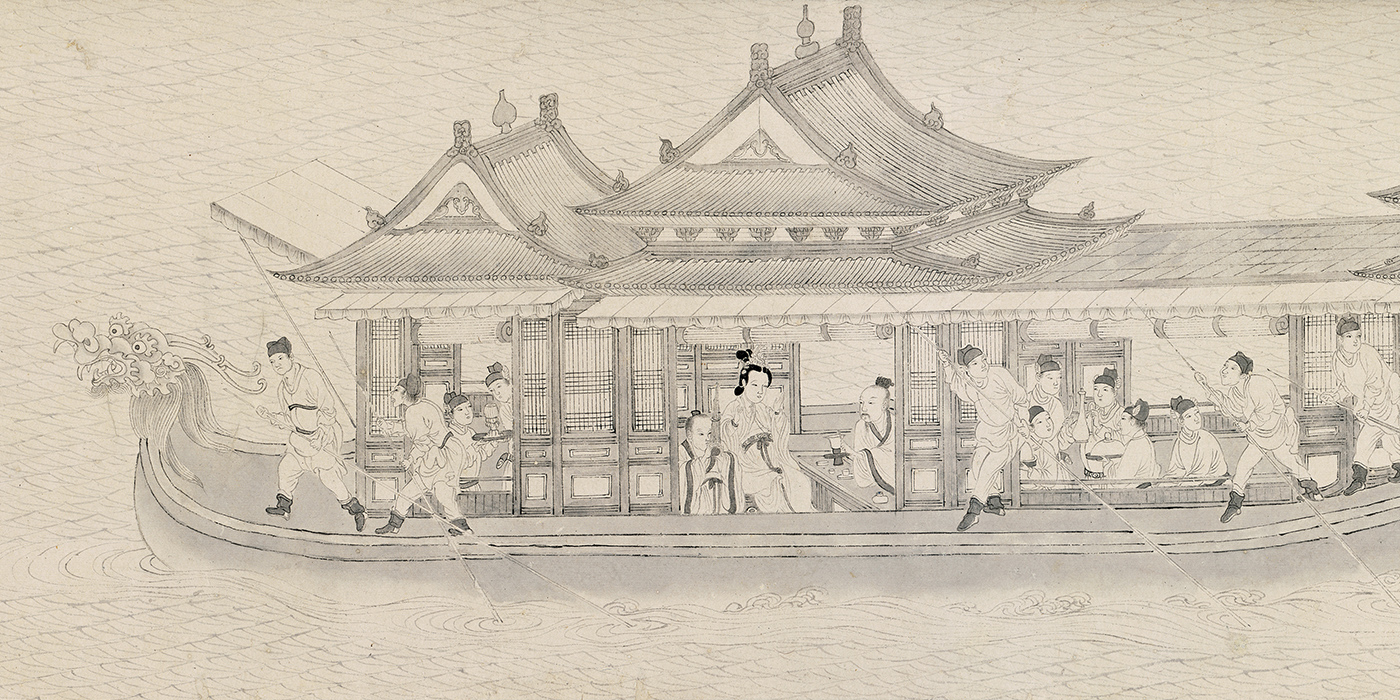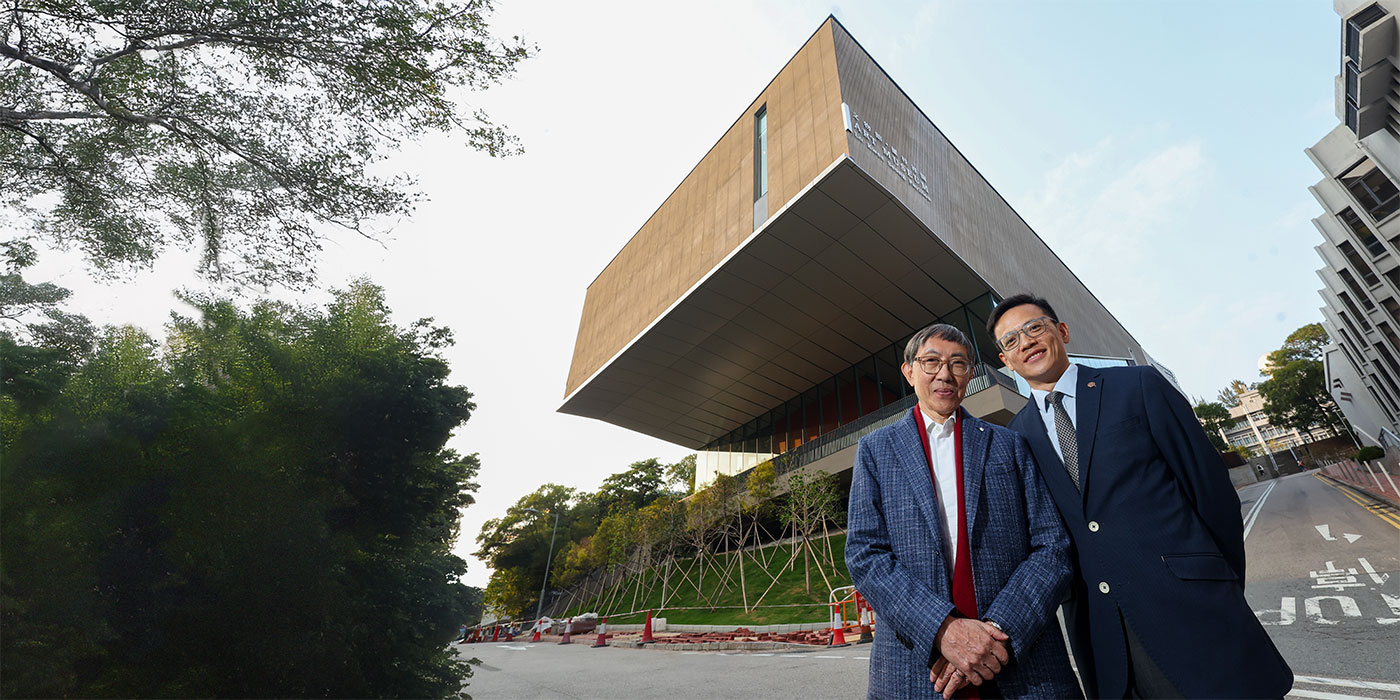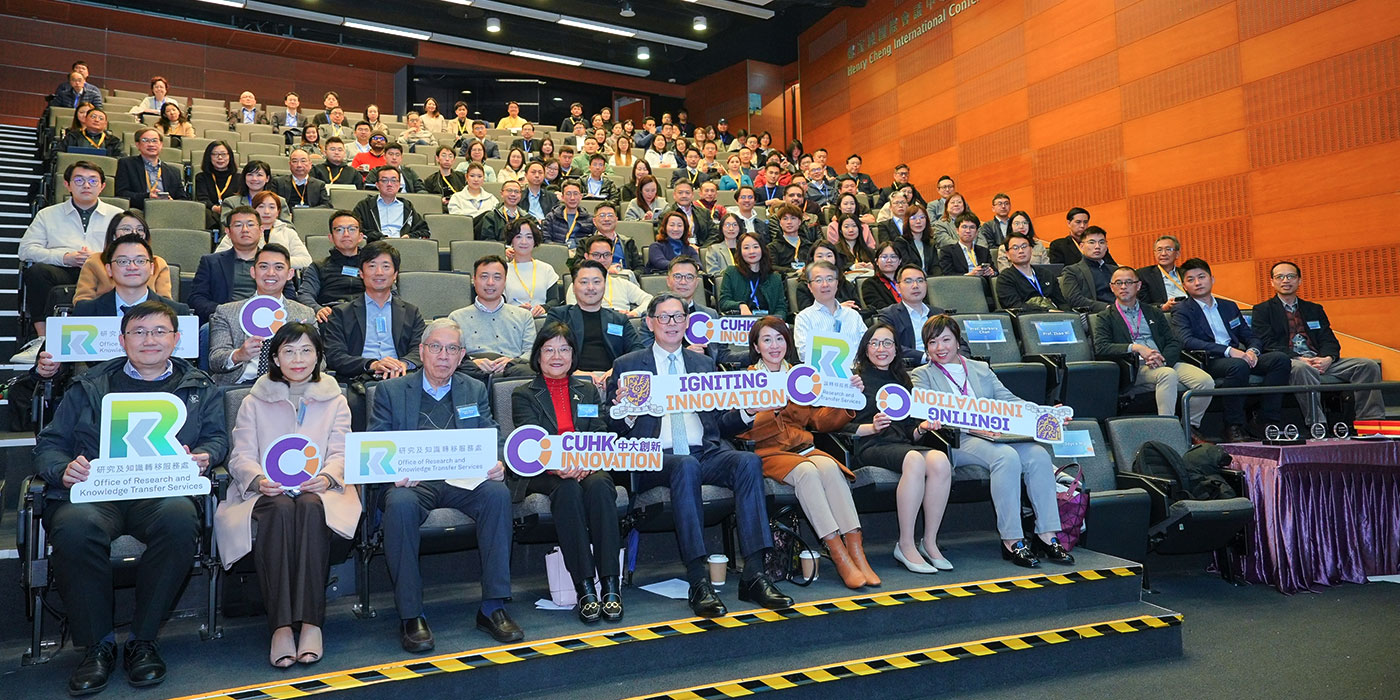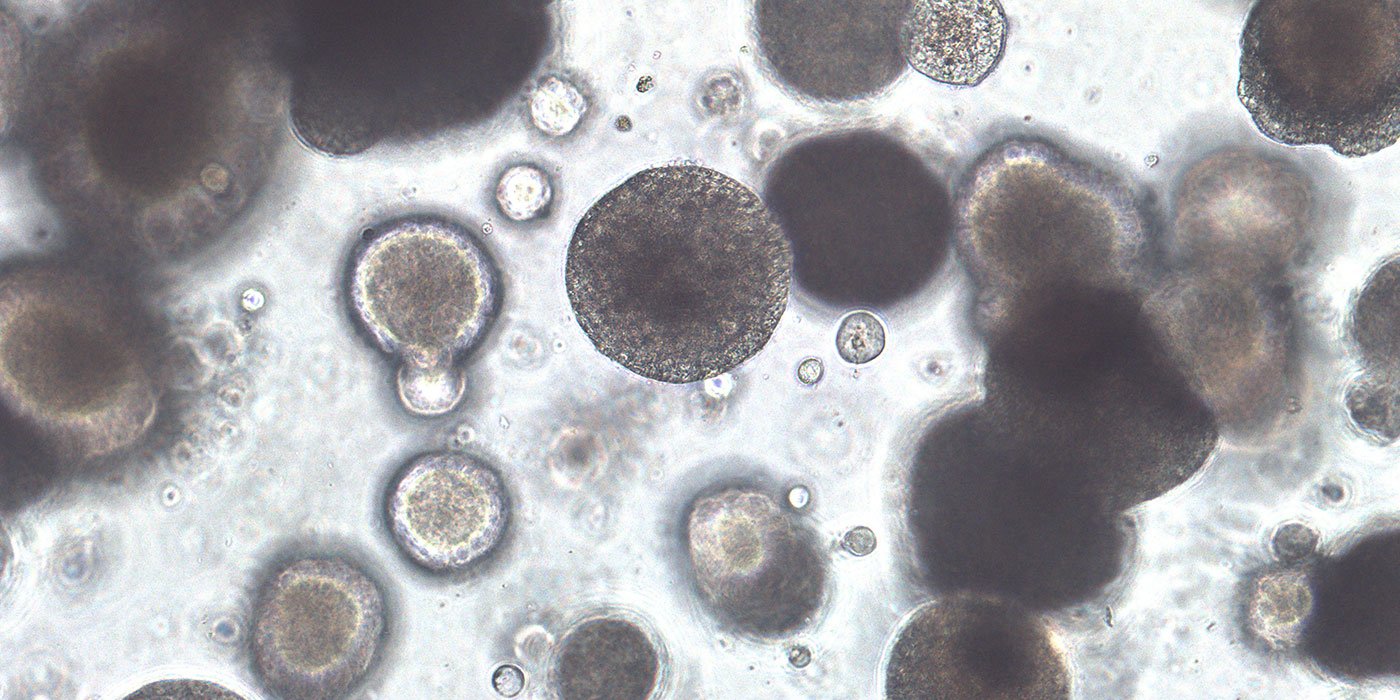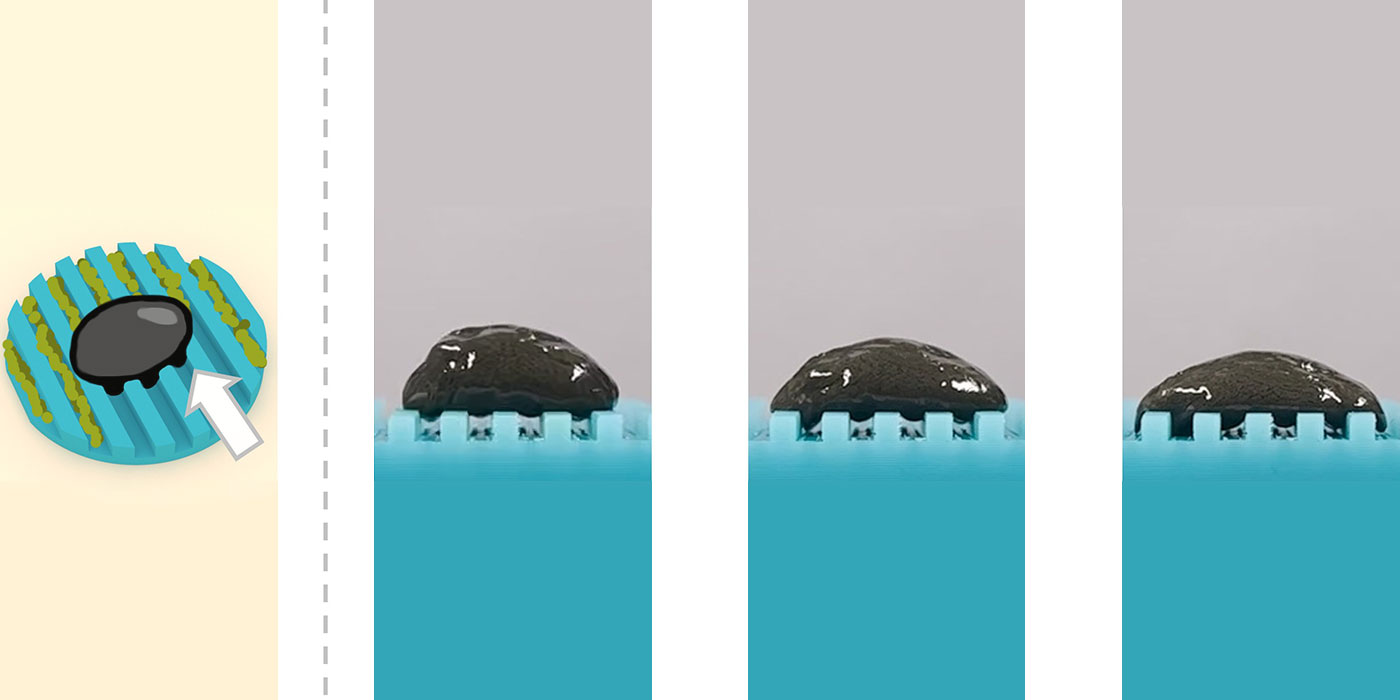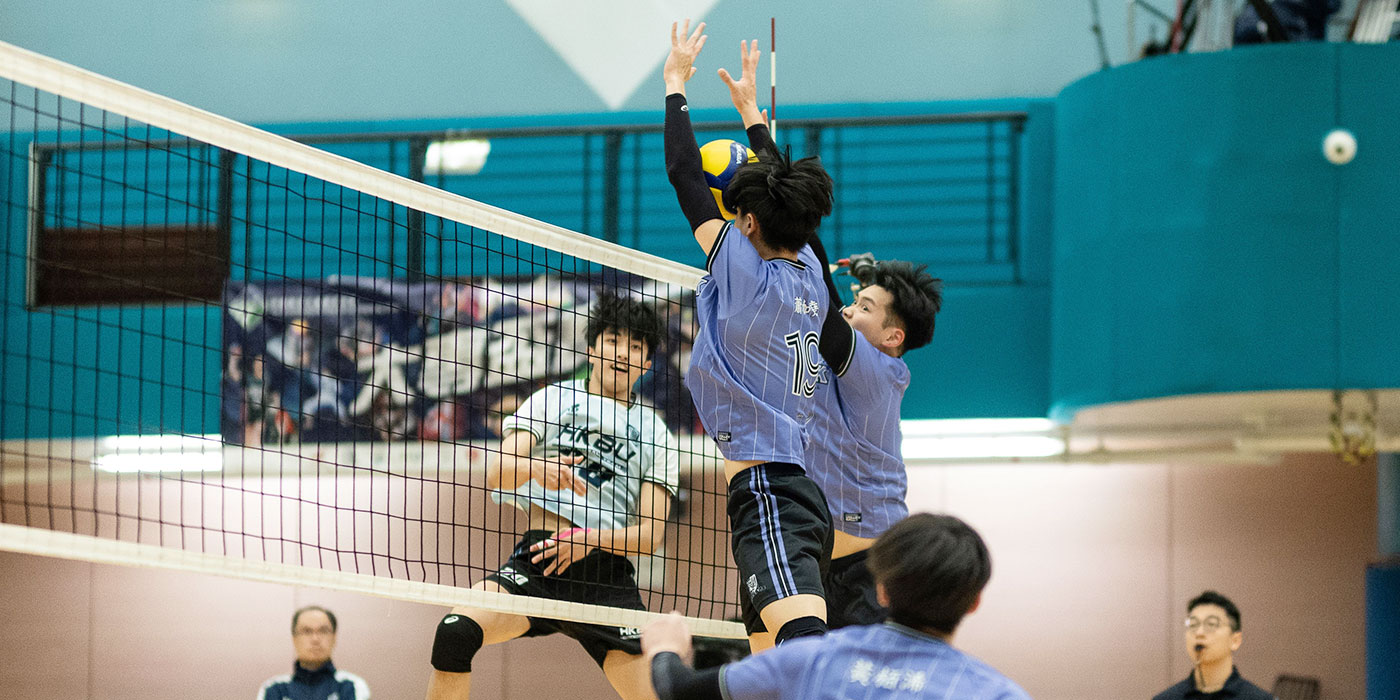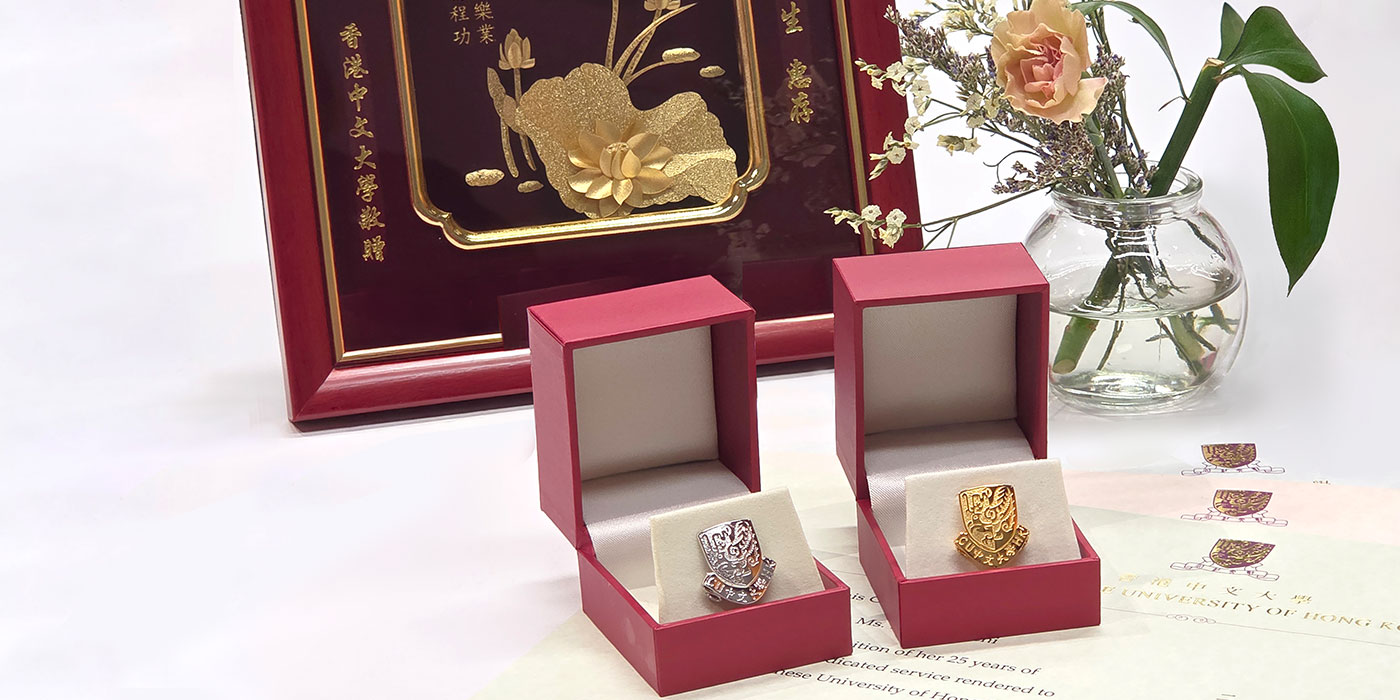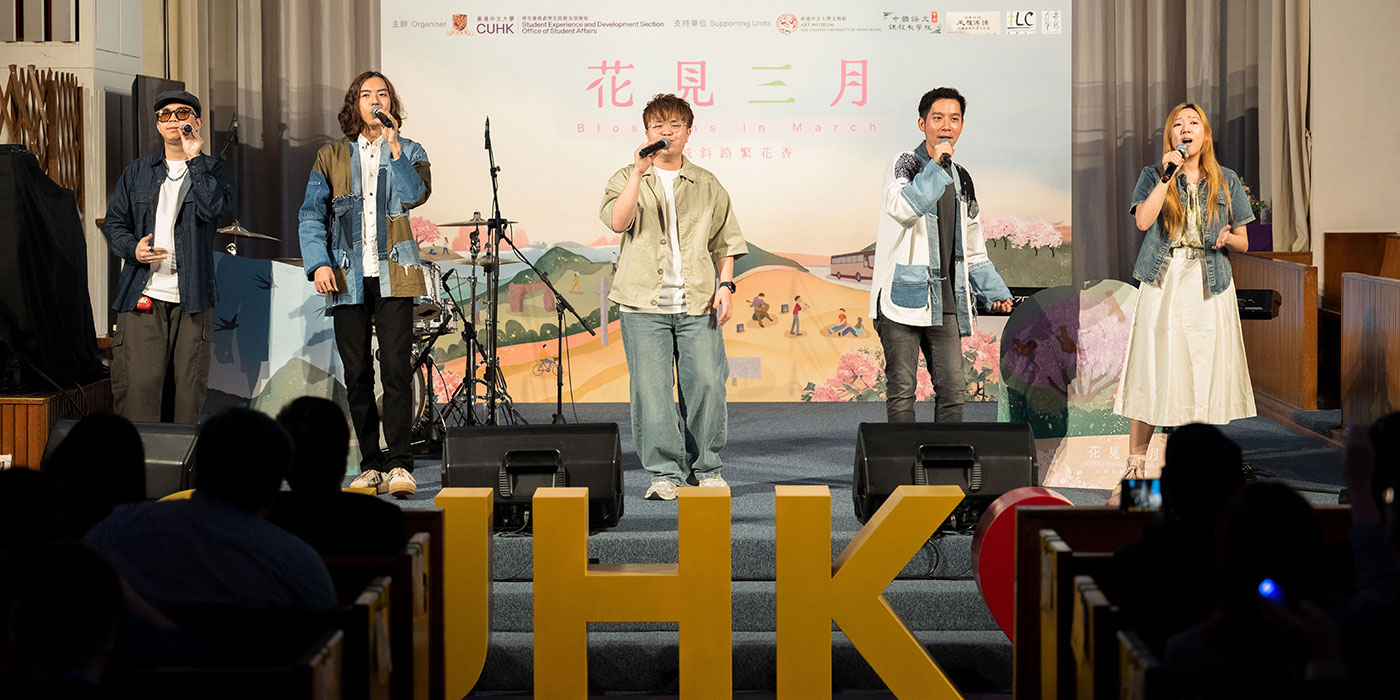Dreaming back home
Heidi Wong on sojourn in old Hong Kong, art education and outreach
Ancient and modern Chinese life and aesthetics are worlds apart. The Art Museum at CUHK specialises in traditional Chinese art, so it can be a challenge for its educators to introduce traditional arts to people today.
However, “look closely and we find that there are sentiments or emotions we share with the artists and artisans of ancient times,” says Heidi Wong, who has worked at Art Museum for seven years. “Some tools they deployed were actually what people in ancient times used in daily life.”
The manager of the museum’s Education-Outreach-Communications team enjoys art in and out of the office. A project she spearheaded in autumn 2020, virtual tour Time Travel • Hong Kong, won the UMAC Award from the International Council of Museums’ Committee for University Museums and Collections, making CUHK the first university in Greater China to pick up the laurel. At the time, the Art Museum was staging the Hong Kong Impressions exhibition, featuring paintings and photographs of Hong Kong from the 1940s to 70s, but the pandemic meant the museum couldn’t open its doors to the public. Thus, the Art Museum decided to showcase the exhibition online.
During the brainstorming for the exhibition’s educational programmes, Wong’s teammate, project assistant Kwok Hoi-ching, proposed juxtaposing current street views with the exhibition’s literary quotes, landscape paintings, coloured slides and videos on the immersive Google Poly platform. Through the screen, audience members could travel back and visit the landscapes of old Hong Kong.
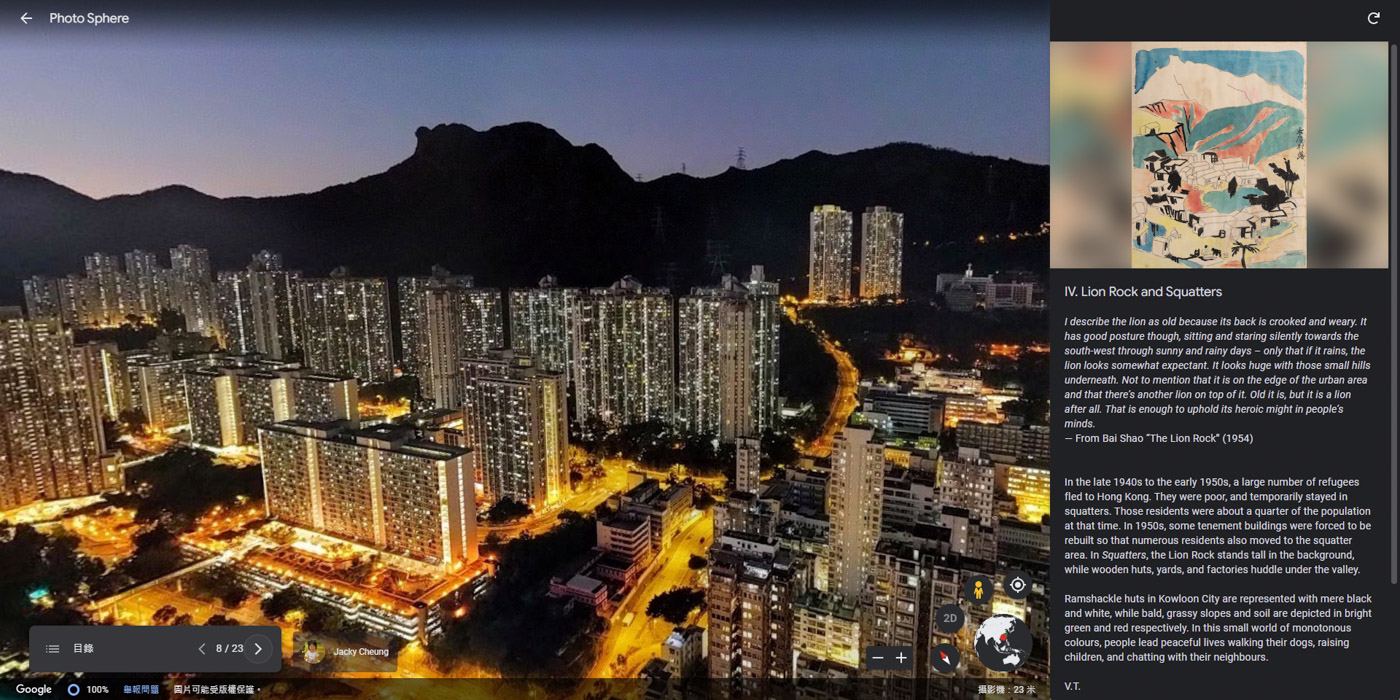
Rolling back the years
Wong was thrilled with the education team’s creativity and imagination, and together they were able to bring the idea to fruition. Kwok and Lincoln Lam, the clerical assistant, were responsible for matching the artworks and street views, while Wong and assistant manager Sophia Tam devoted themselves to compiling the Hong Kong Time Travel Guide, which, in both English and Chinese, cunningly links the exhibits under the themes of transport, shopping and travel. It turns revered artists into endearing travel buddies, but what’s most special about the project is that it’s dynamic and constantly evolving, outliving the Hong Kong Impressions exhibition to have a life of its own. Halfway through 2021, Google Poly, the original platform, was shut down; Wong migrated it to the Google Earth platform, which turned out to also involve reinventing and refashioning it.
“Google keeps introducing new street views,” she says. “The beauty of these open-source platforms lies in their amenability to revision. You can constantly update them and see them evolving, which is marvellous.” As each exhibit is portrayed from a different angle, to find the corresponding street view, Wong left no road virtually untrodden, turning to old pictures and videos, related literature and online discussions. When she was stuck, she got help from an unexpected source. Working from home, she was able to call on the assistance of her grandmother, who directed her to the right locations. “At that point, you really feel elders are treasures,” says Wong. “Advice from seniors makes such a difference.”
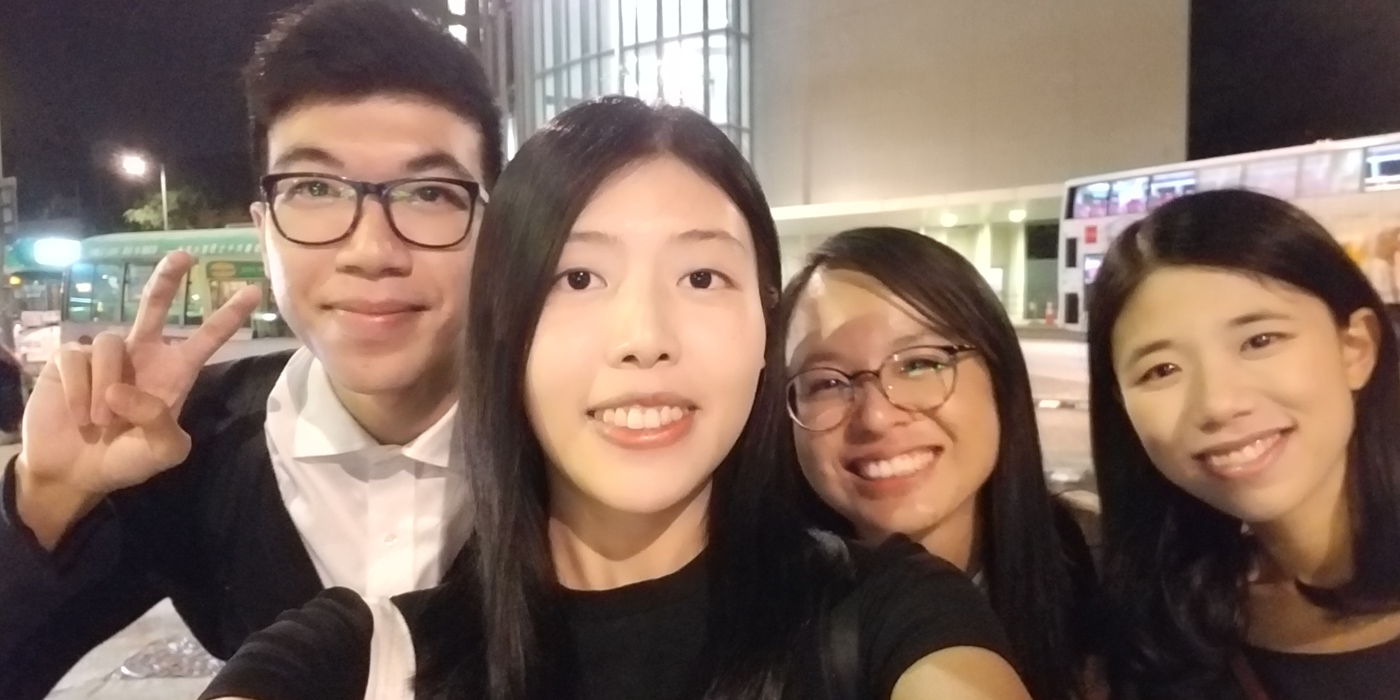
“Indeed, feelings are foremost in this project. It aims to link art with the communities where we live by evoking visceral feelings.” Take Sung Wong Toi, a famous relic in Kowloon. What was originally a boulder in Ma Tau Chung was shaped into a rectangular block and moved to the current site after the Second World War. The paintings, often portraying the big boulder, were matched to the new site, with the aim of deepening the comparison between past and present.
Memory is love
Rekindling thoughts and feelings is the ultimate mission of exhibitions. The artist is dead, some may say after Roland Barthes; but in a more congenial view, works housed in galleries could be viewed as unfinished, their meanings to be co-scripted by artists and the audience. For the virtual tour and exhibition, the team opened a Savouring Hong Kong Padlet page, where audience members could leave their comments—and read others’ views.
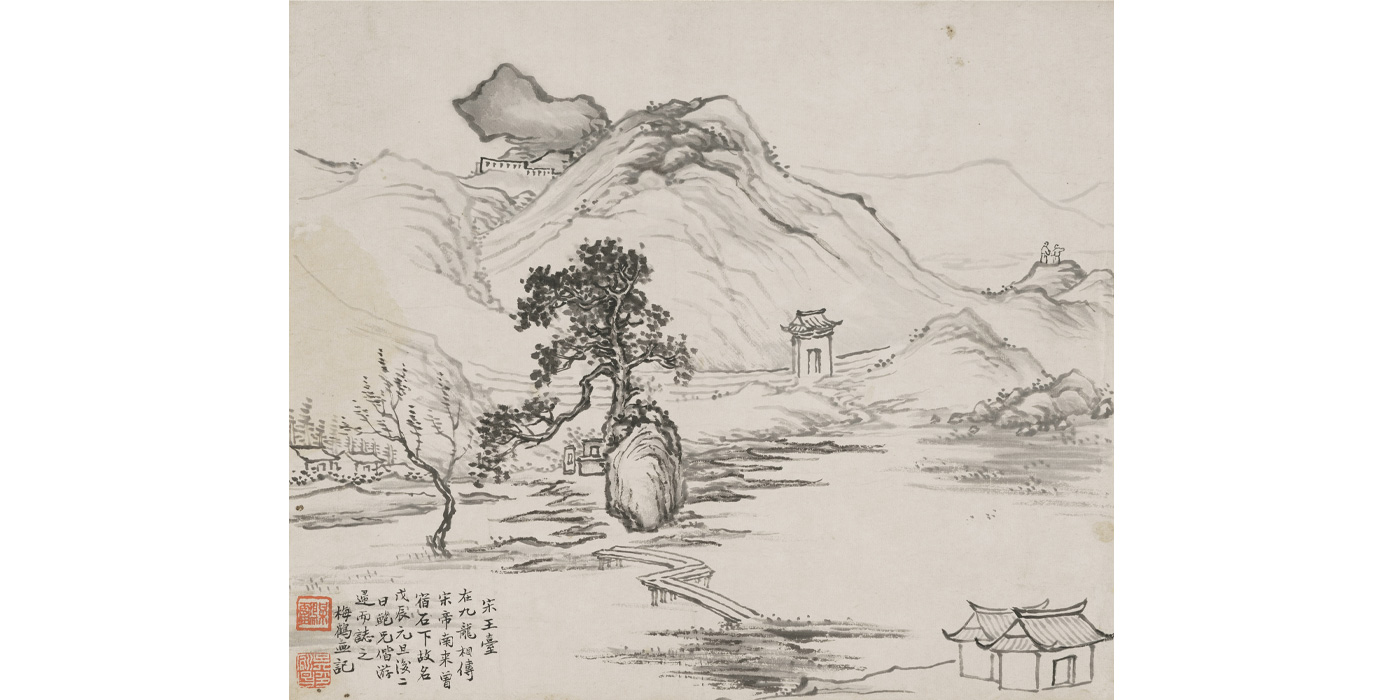
“Hongkongers who grew up between the 1940s and 70s have deep personal memories of the place they call home,” she says. “We hope to put some of their recollections and feelings on the virtual tour platform.” The Kowloon travel route, newly relocated to Google Earth, was commended by the UMAC jury. The Island and New Territories routes, which are more challenging with myriad scenic spots, will hopefully be launched within a month or two.
Encounter of a lifetime
Sporting a chic Heart Sutra mask, Wong, an art lover obsessed with cultural and creative products, studied translation for her undergraduate and master of philosophy degrees at CUHK. “The common ground between translation, art education and outreach is building bridges. It means people who may never have known each other come together and exchange their thoughts.
“To what extent do you believe in communication and exchanges?”
“If you study translation theories, you realise that most of the time, communication creates false impressions. We can only try our best to communicate our intended meanings to one another, but these efforts are worthwhile in themselves,” she says.
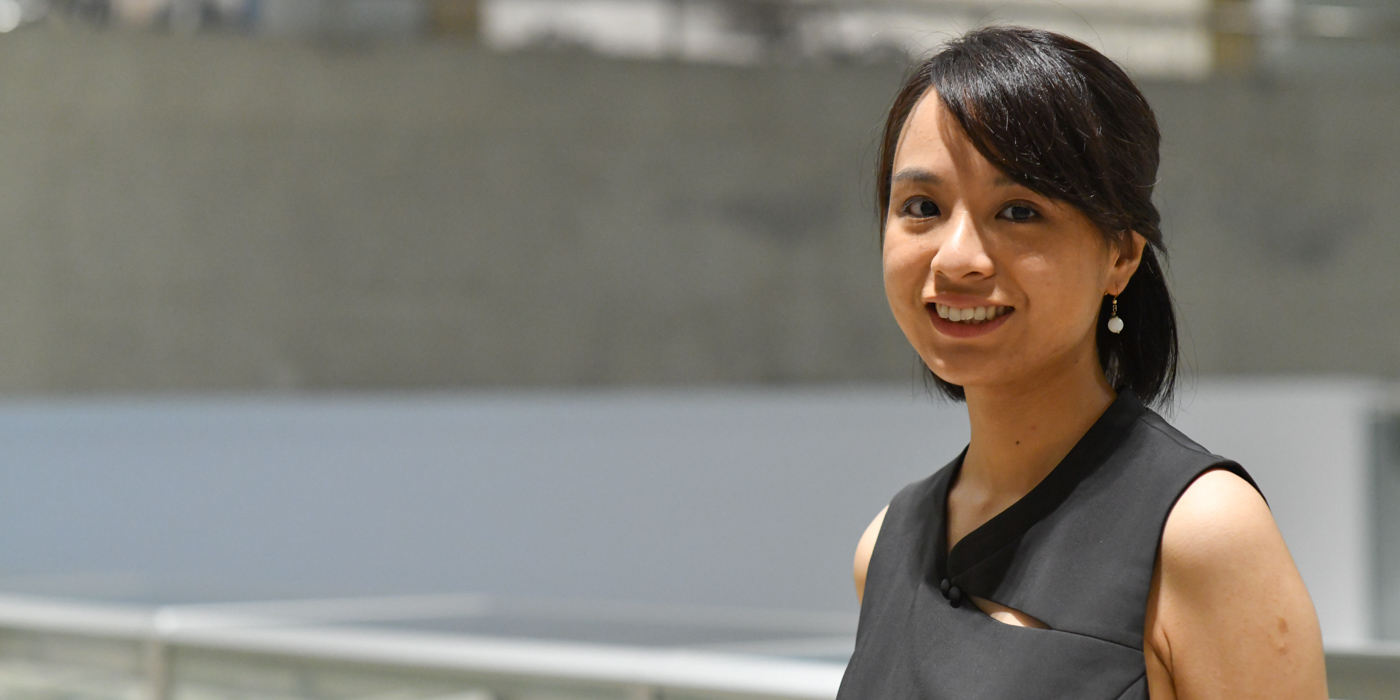
Wong and her teammates have been racing against time to pen bilingual posts on Art Musuem’s social media platform that link the collections with our daily lives, produce interdisciplinary video series to reach non-art lovers, and think of interesting ways to promote art. The Feat. Art Museum programme is one of her outreach endeavours. Before the outbreak of the pandemic, she visited various classes on campus to highlight the intersection between the collections and various subjects, such as ancient artisans’ knowledge of material science, and female figure paintings and gender studies. Her determination to promote art on campus stemmed from her realisation some years ago that some graduates had never visited the museum. “I want to change that,” she says. “The Art Museum belongs to CUHK and every member of the University. I hope touring our museum will become an indelible memory of our graduates.”
By Amy Li
Photos by Pony Leung & Matthew Wu

